Most people introduce plants into their homes simply for the aesthetic value that they bring, but there’s more to plants than looks. For example, plants can naturally improve air quality through their photosynthesis, filtering the air of carbon monoxide and toxins while bringing more oxygen into the air. This is particularly helpful indoors, where air quality isn’t always the best, so if you want to benefit from this, make sure you check out some of the following houseplants that naturally improve the air that we breathe.
Spider Plant
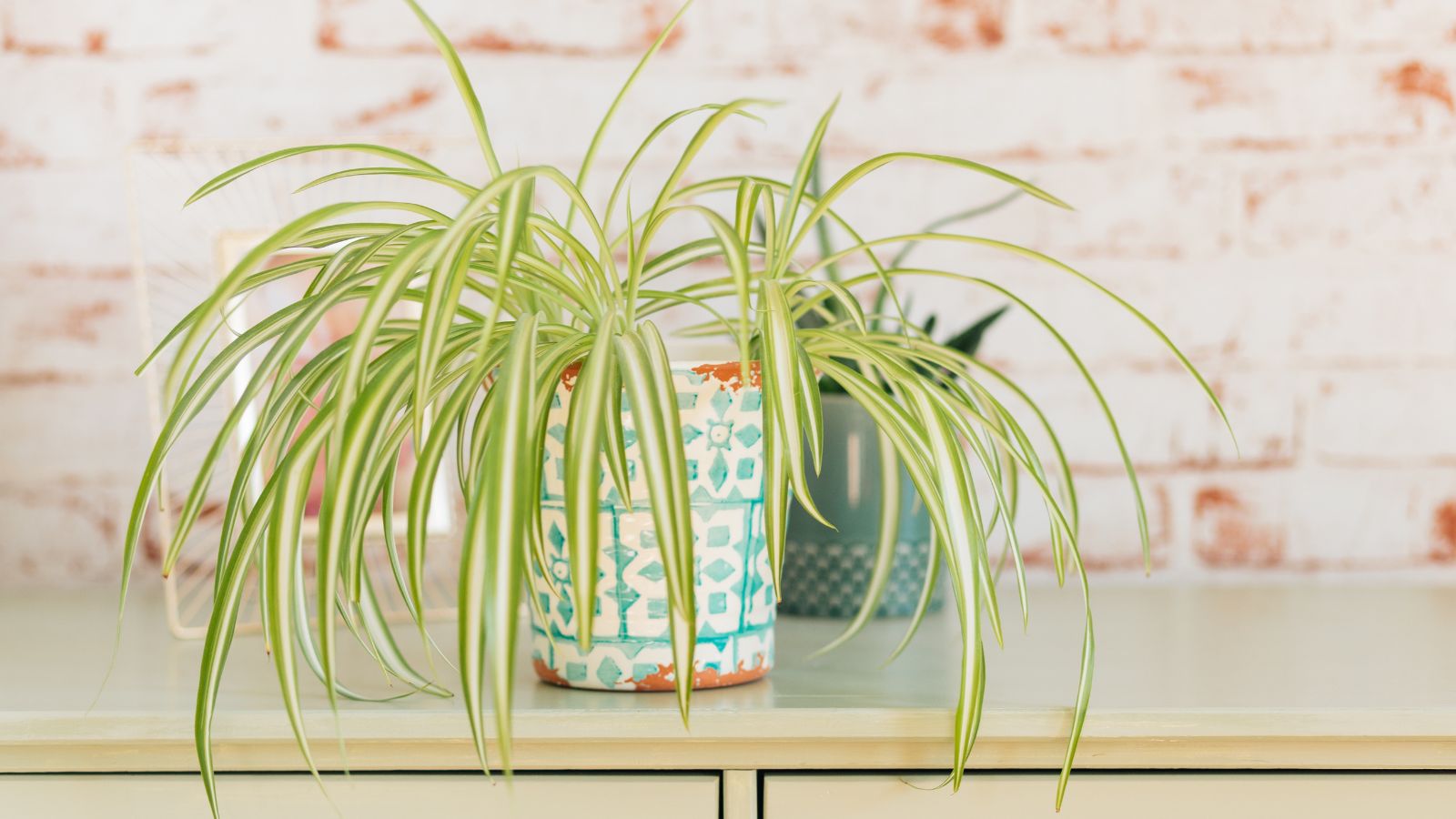
You don’t get much better than the spider plant when it comes to removing common household toxins from the air, including formaldehyde and xylene. With their unique arching leaves and tiny plantlets, they add life to any space, are easy to care for, and are seriously resilient, thriving even with minimal attention. Best of all, they’re also safe for pets, making them a perfect fit for a family home.
Snake Plant
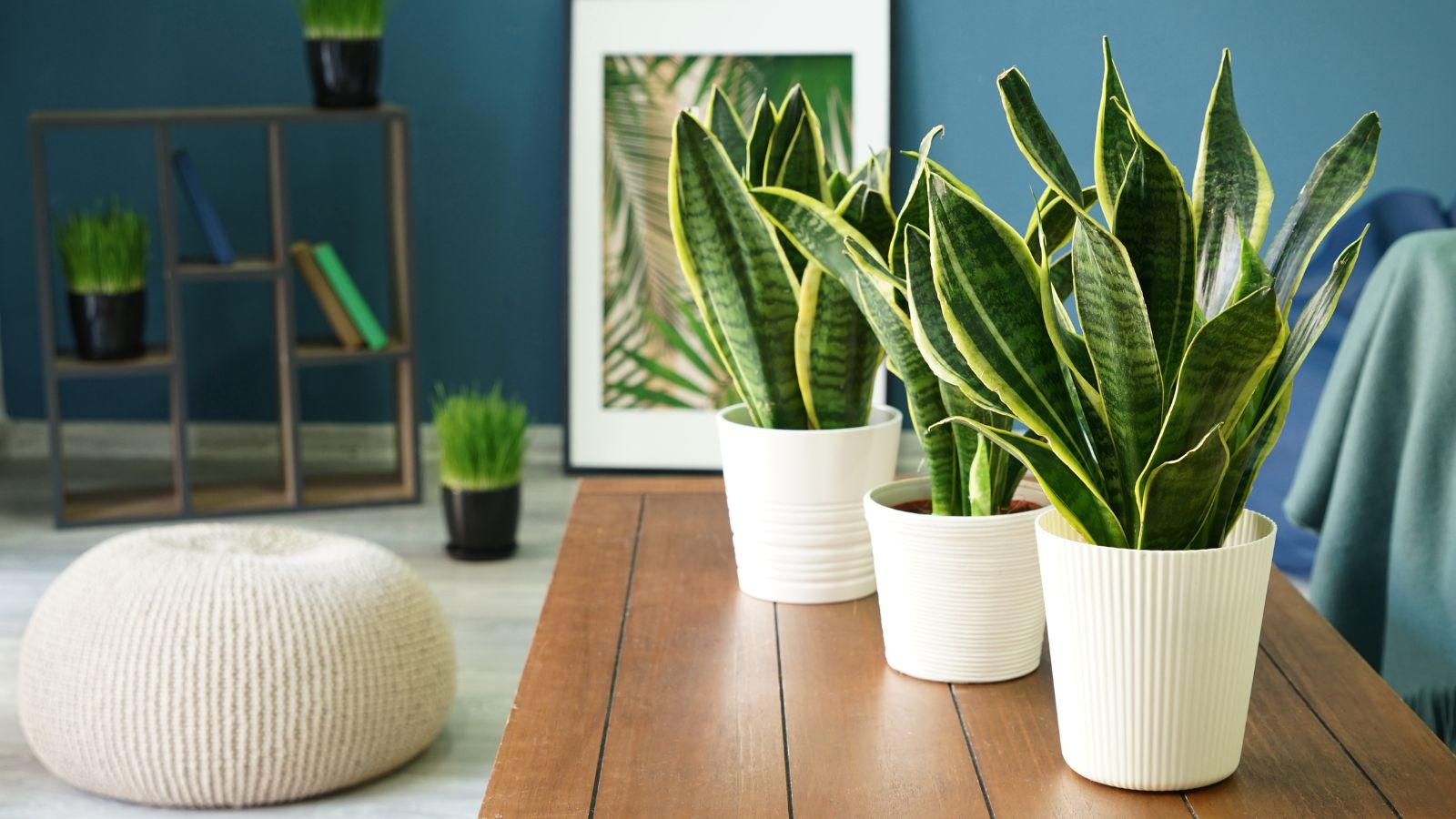
Not to be confused with the aforementioned spider plant, the snake plant (also known as mother-in-law’s tongue) releases a small amount of oxygen at night, which can complement bedroom air quality. While the oxygen released is minimal, it’s still a boost to the air quality of a room, especially in small spaces, so we’d highly recommend introducing one to your home.
Peace Lily
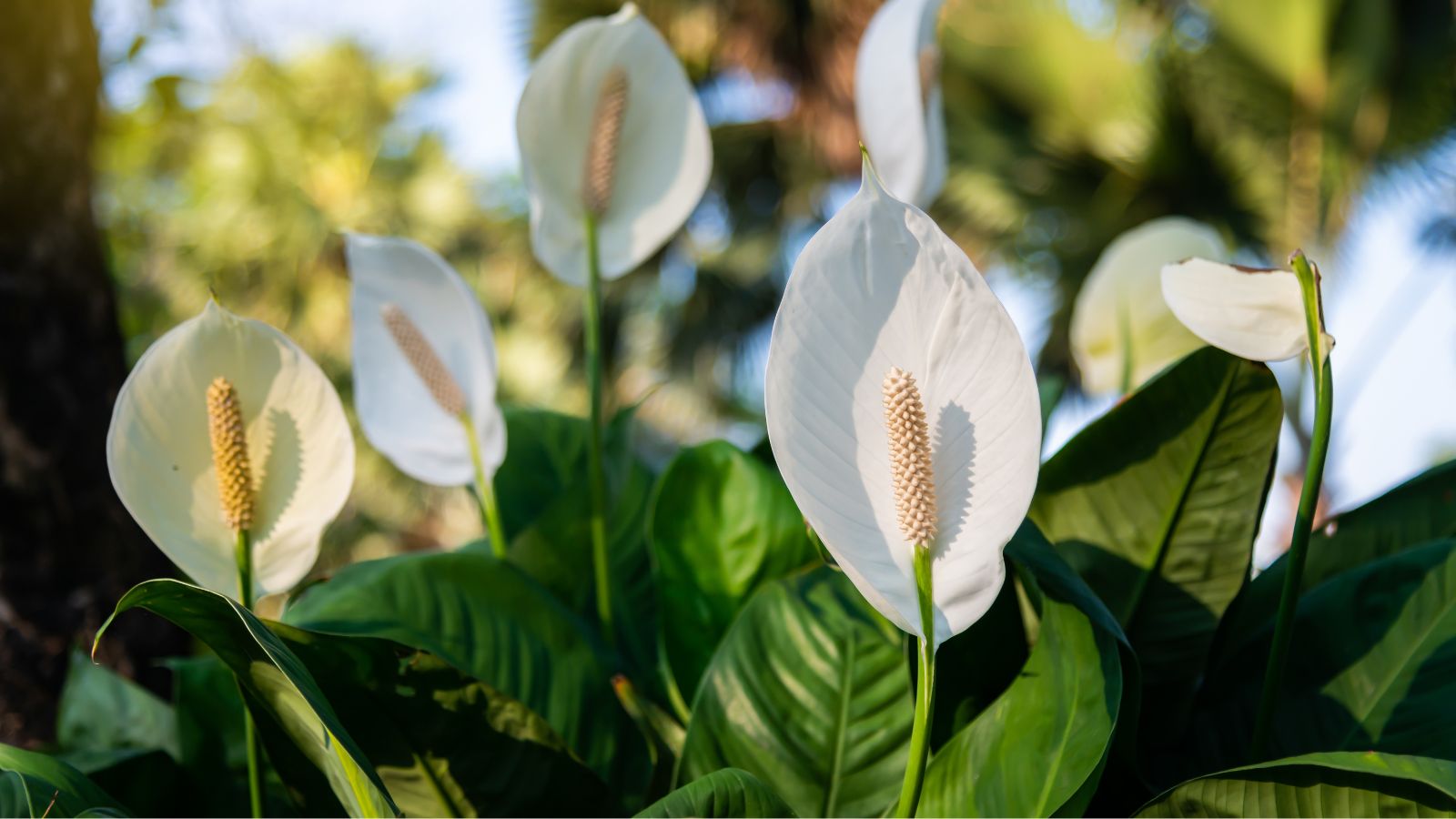
Not only is the peace beautiful, thanks to its glossy leaves and white blooms, but it’s also a strong air purifier. Amazingly, it’s skilled at filtering out toxins like benzene, formaldehyde, and trichloroethylene, which is pretty incredible when you think about it. Furthermore, with a bit of indirect sunlight and weekly watering, peace lilies add a sense of tranquility to any home, so it’s a no-brainer, really–go ahead and plant one!
Boston Fern
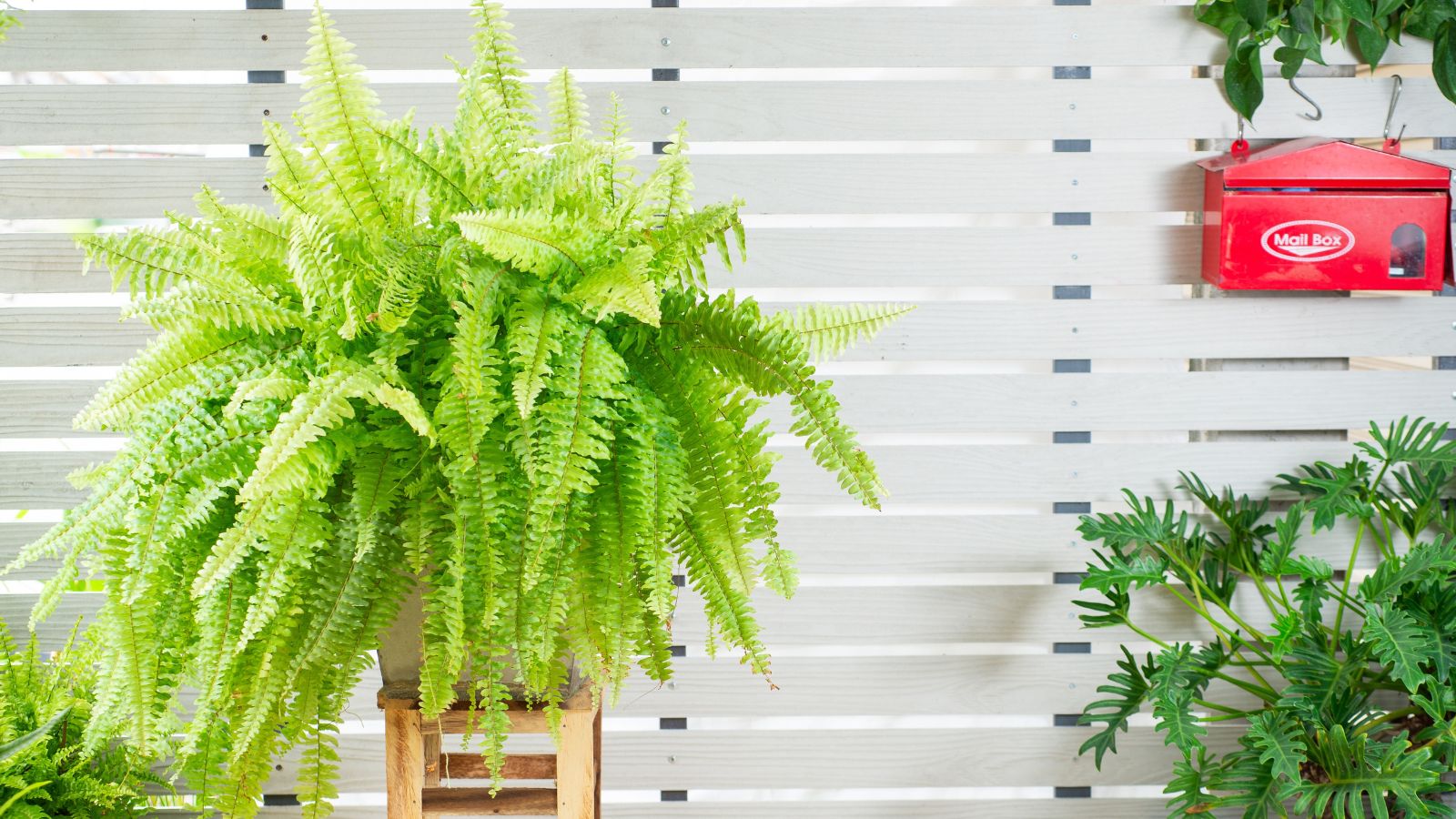
The lush, leafy look of the Boston fern is iconic, but even more important than its visual appeal is that this fern is known to be excellent at restoring moisture to dry indoor spaces. Pollutants such as formaldehyde stand no chance against them, especially in slightly humid areas like a bathroom. Overall, their feathery fronds bring a soft, inviting vibe to any room, so if you don’t already have one, stop missing out.
Aloe Vera
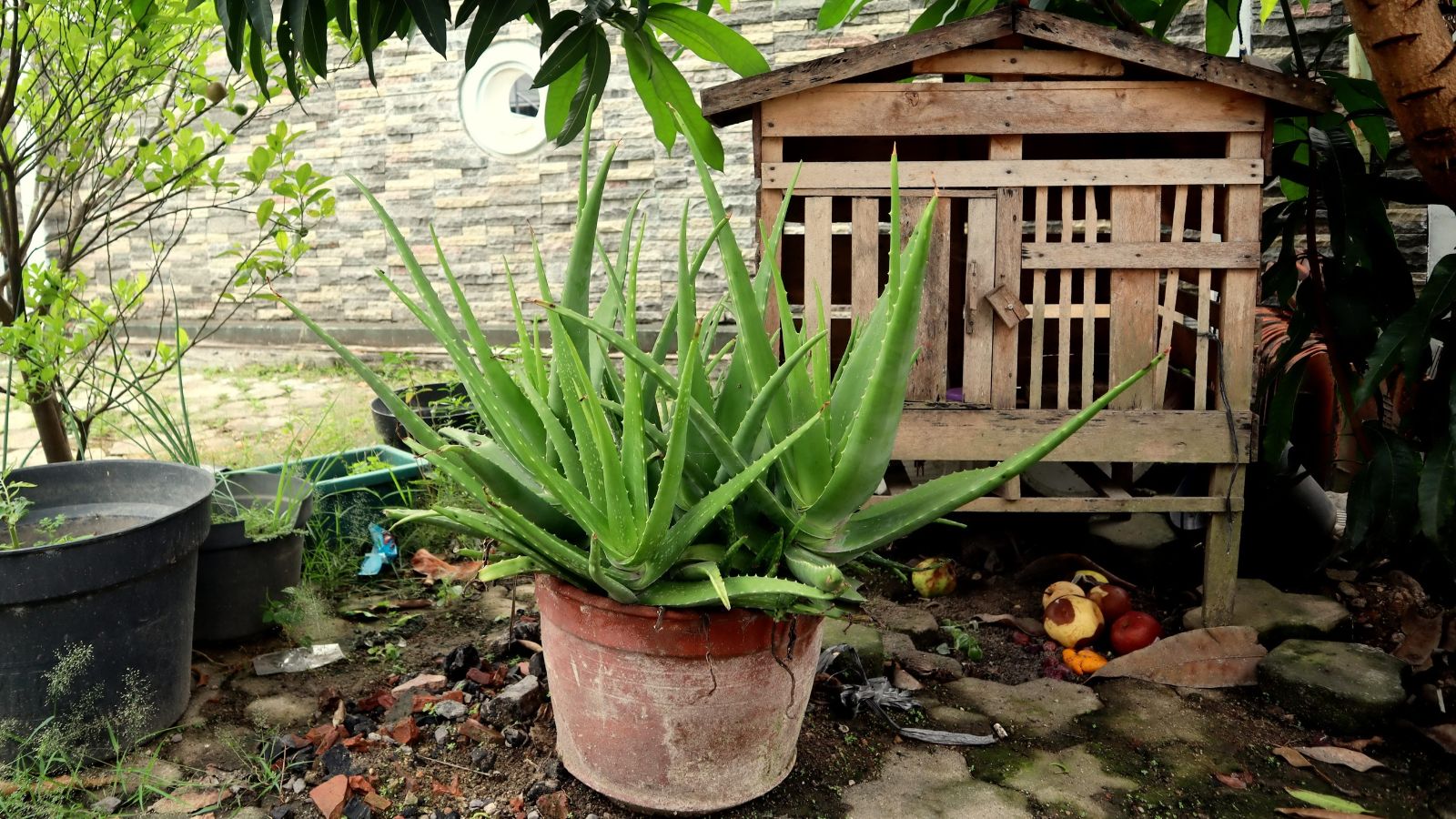
All over the world, aloe vera is celebrated for its soothing gel, but this isn’t the only way that it can heal; it also acts as a natural air purifier for formaldehyde, much like other plants on this list. Thriving in sunny spots, it’s low-maintenance and requires little water, so there are no excuses for you to make. Go ahead and grab an aloe vera and plant it in a sunny spot in your kitchen, where it can both detoxify the air and provide handy natural skincare.
Rubber Plant
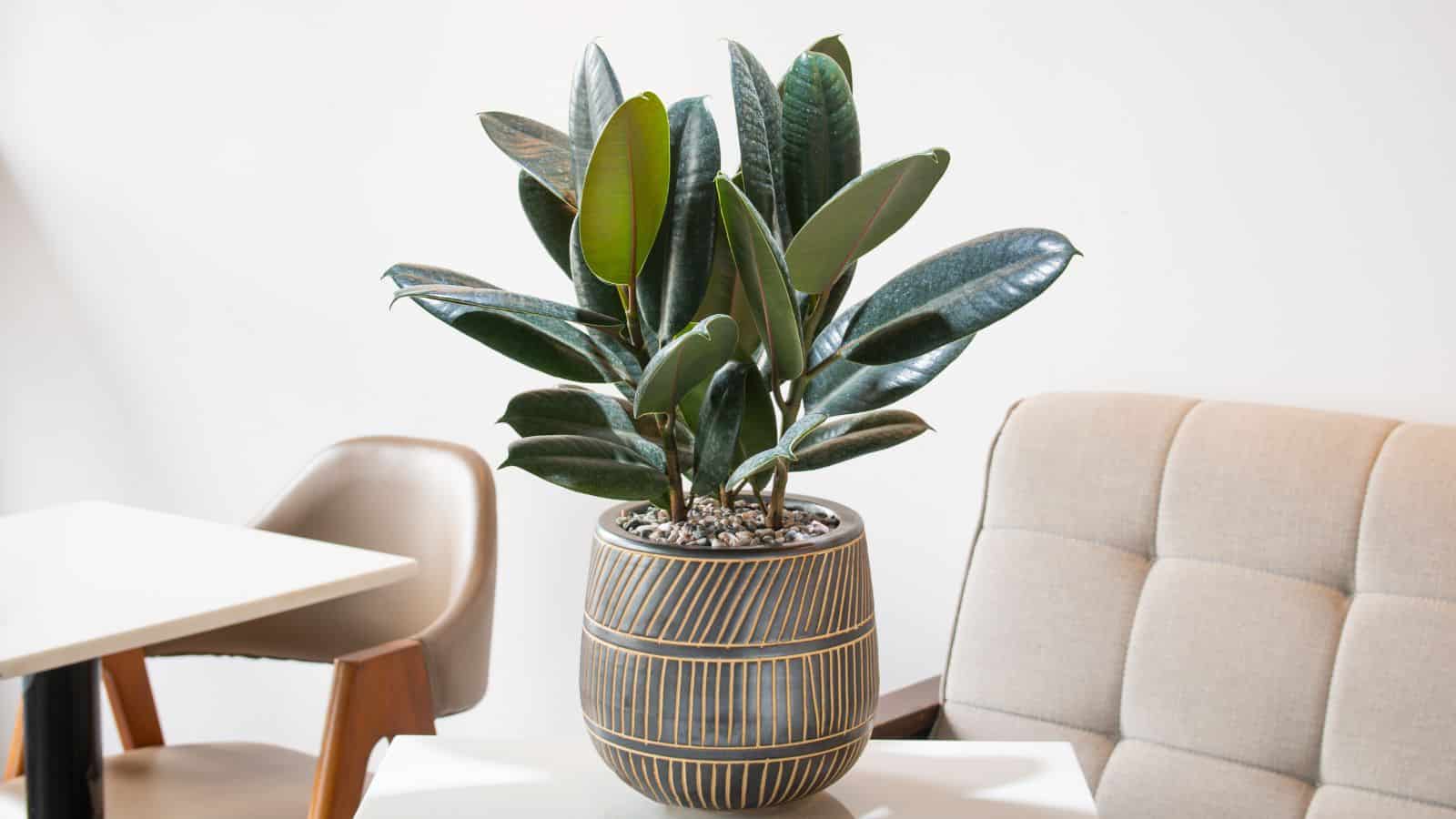
Next on our list of houseplants that improve air quality is the rubber plant, which is famous for its ability to grow large, shiny leaves that efficiently absorb toxins. In particular, they’re highly effective at removing formaldehyde from indoor air, a trend that you might be starting to notice. However, they grow best with some bright, indirect sunlight and a bit of occasional pruning, so make sure you remember this if you plan on keeping one.
Areca Palm
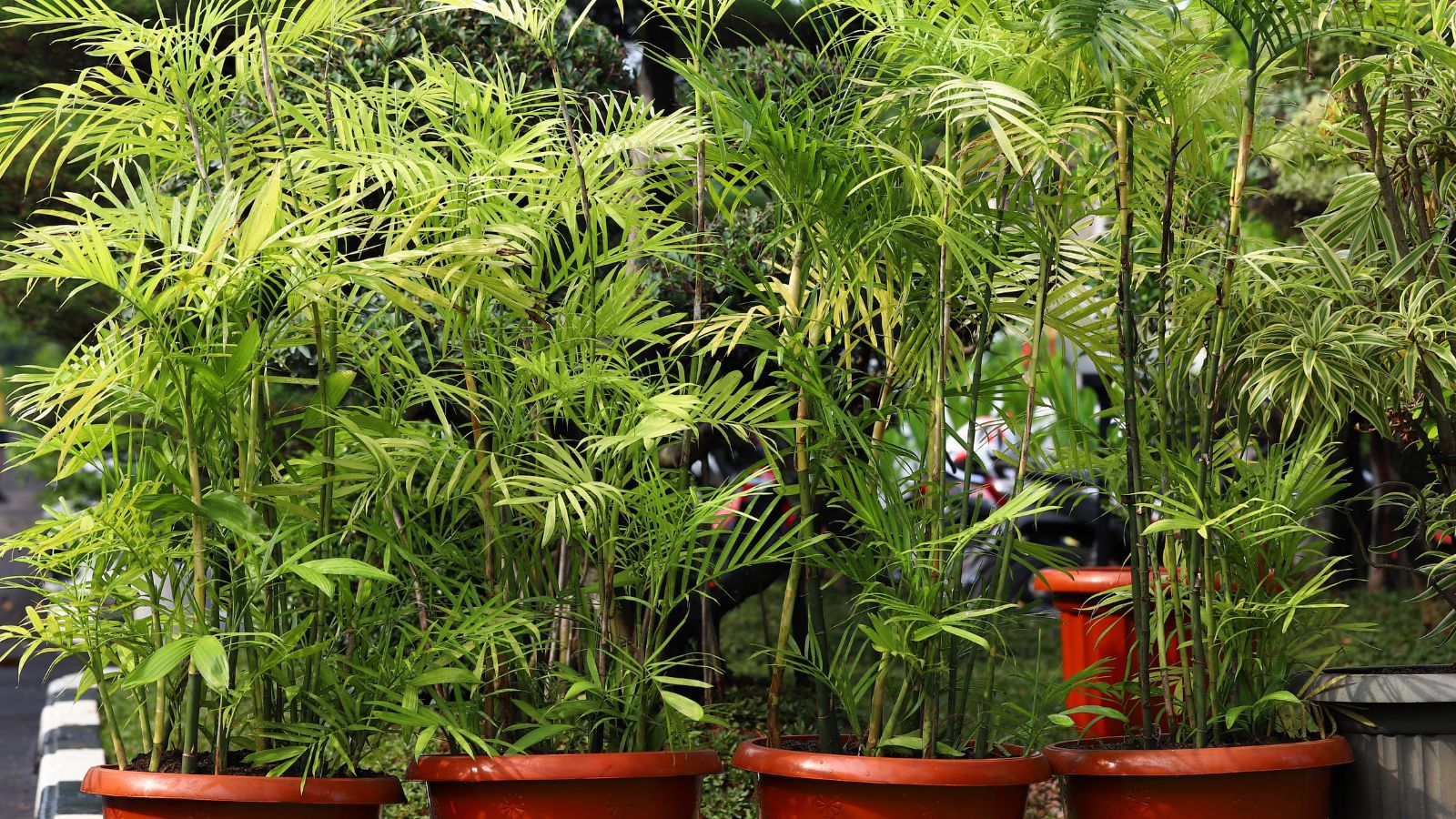
Well-known for its stunning grace and, more importantly, its ability to bring a tropical vibe indoors, the areca palm is essentially a natural humidifier. They’re experts at removing xylene and toluene, chemicals found in certain cleaning products and paints. Simply give them plenty of indirect sunlight and the occasional water, and they’ll grow tall and help keep indoor air fresh to a noticeable quality.
English Ivy
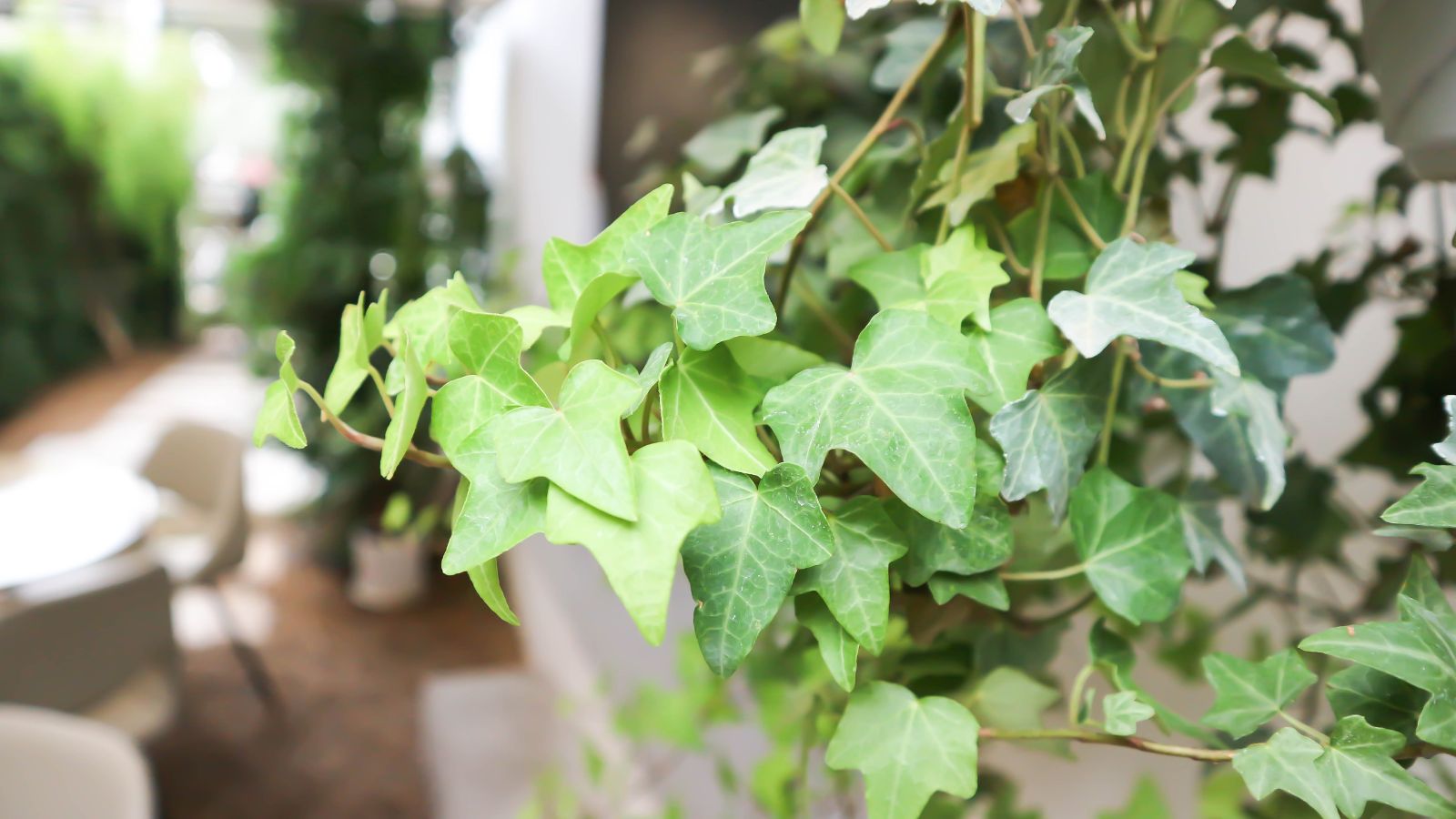
Sure, it might be compact, but English ivy is mighty when it comes to air-purifying abilities. This is particularly so when ivy is tasked to reduce mold spores, climbing and trailing up to great heights, bringing a sense of freshness to any room. Remember, though, that if you want to grow one for yourself, you’ll need to live somewhere with cooler temperatures and bright, indirect sunlight; otherwise, it won’t be able to do its best.
Chinese Evergreen
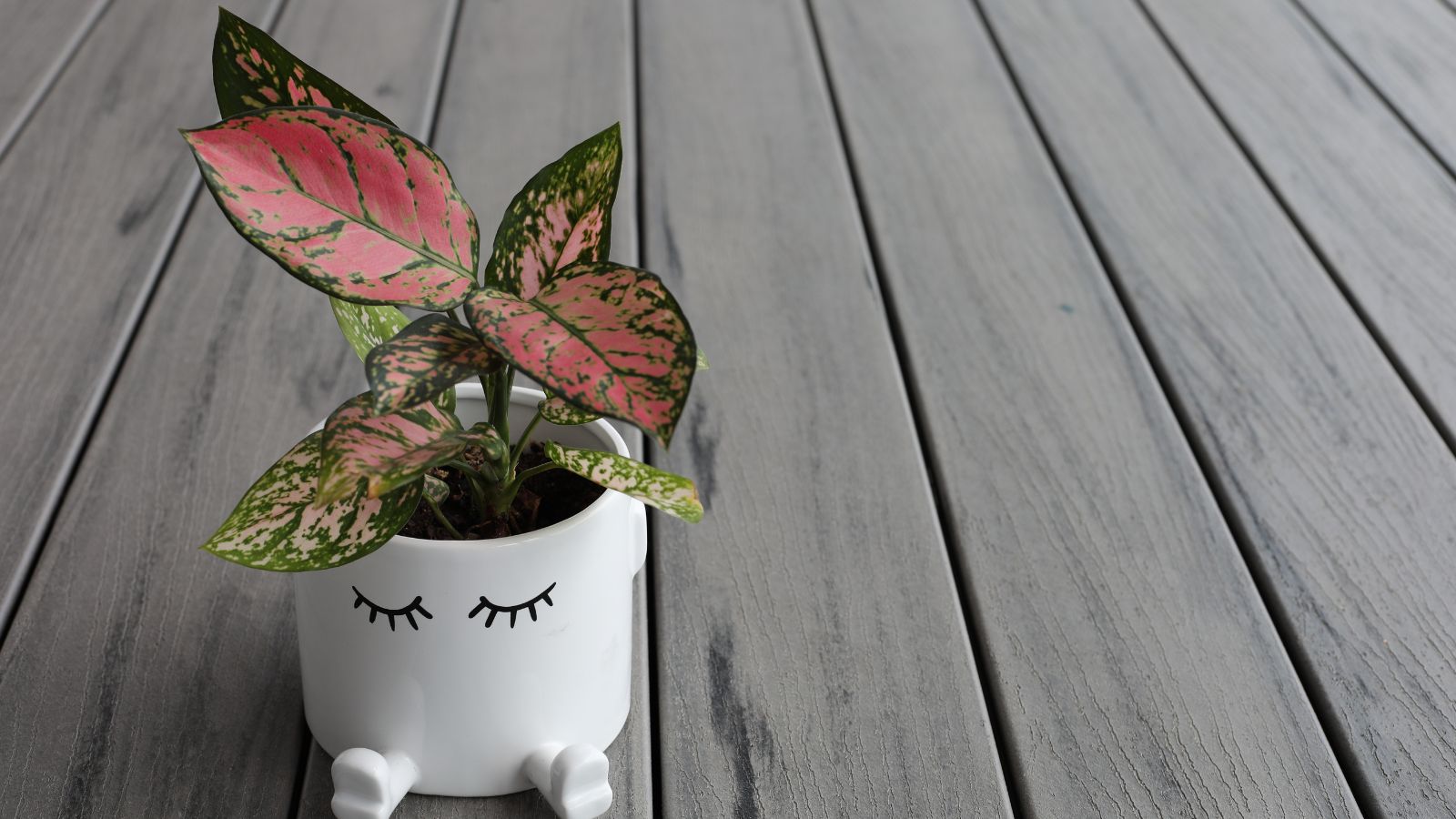
It’s quite impressive how many colors the Chinese evergreen comes in, not to mention textures and patterns. Far more important, though, is the way that they help tackle pollutants like benzene and formaldehyde. So, if you want to contribute to the world through this miniature tree, consider getting yourself a Chinese evergreen,
Philodendron
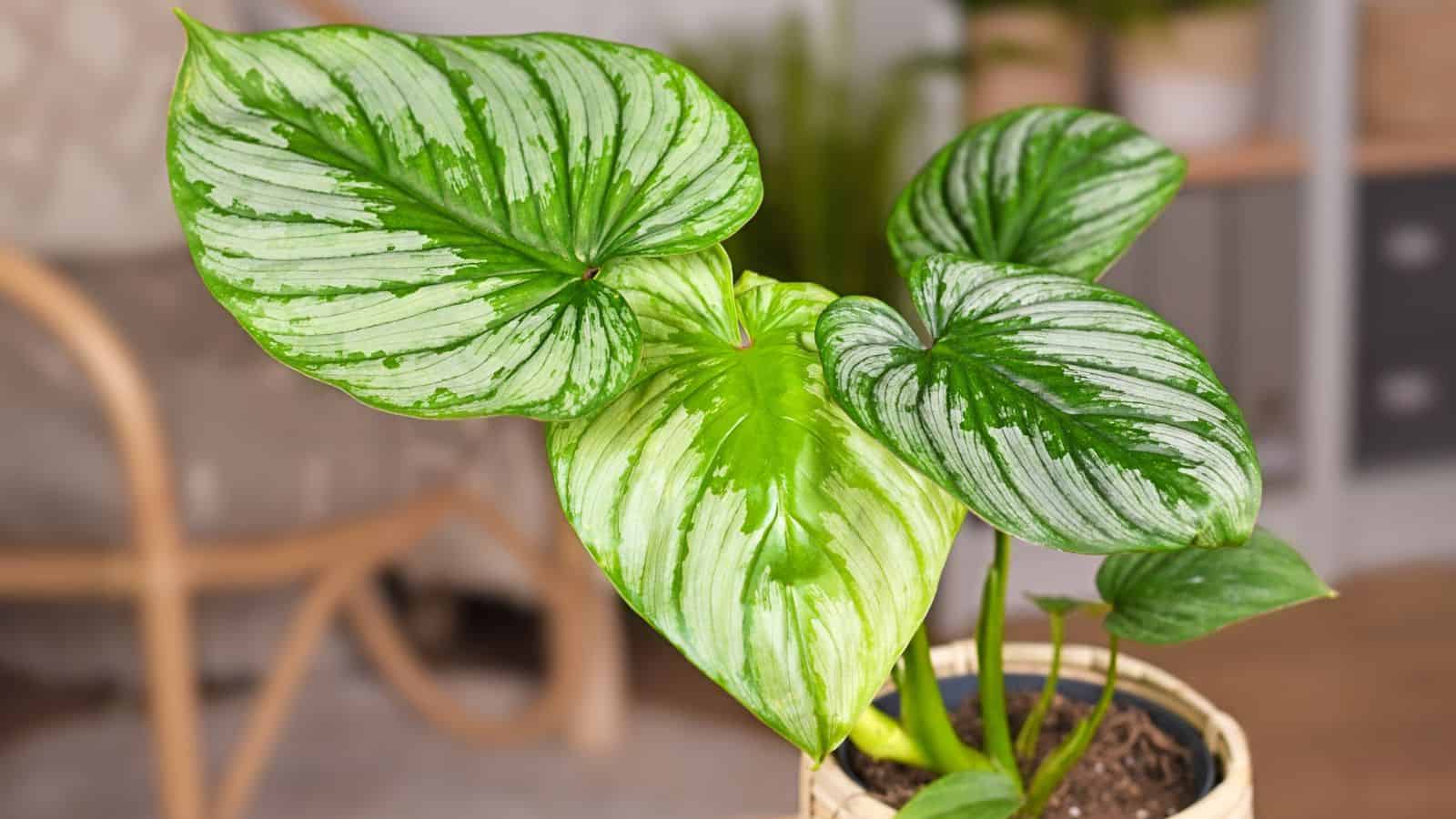
Yet another houseplant that can naturally improve air quality is the philodendron, a plant flower that is well-loved for its vibrant leaves and easy-care nature. They’re especially good at removing formaldehyde and grow well in low-light conditions. Over time, though, people have become more obsessed with their heart-shaped leaves, which bring a lush touch to indoor spaces.
Dracaena
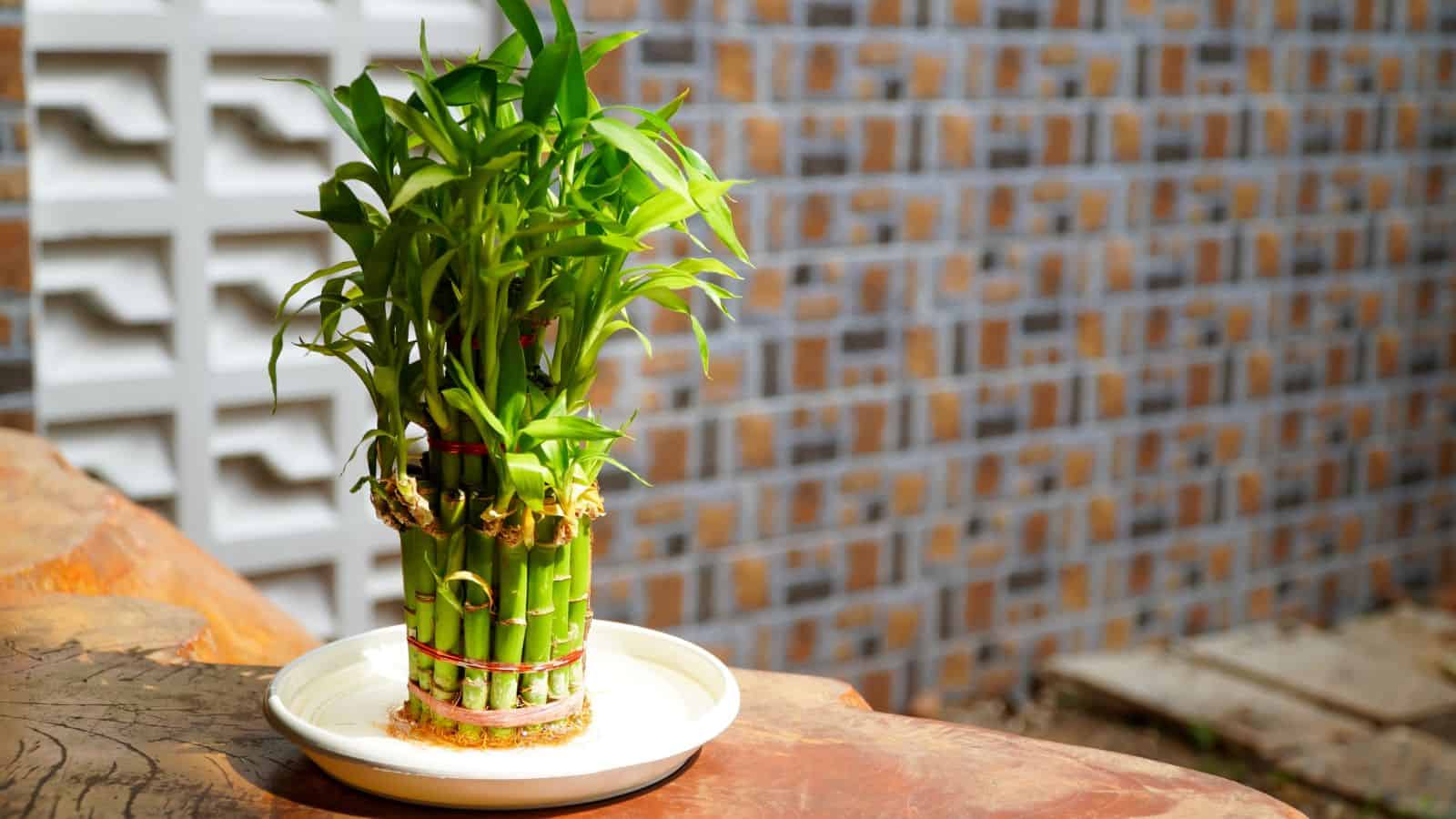
Don’t overlook the dracaena plant when searching for a naturally air-purifying plant. These are fantastic plants, coming in various shapes, sizes, and, of course, colors. Amazingly, they’re some of the best at absorbing pollutants such as trichloroethylene and xylene, although they still prefer indirect sunlight and light watering.
Bamboo Palm
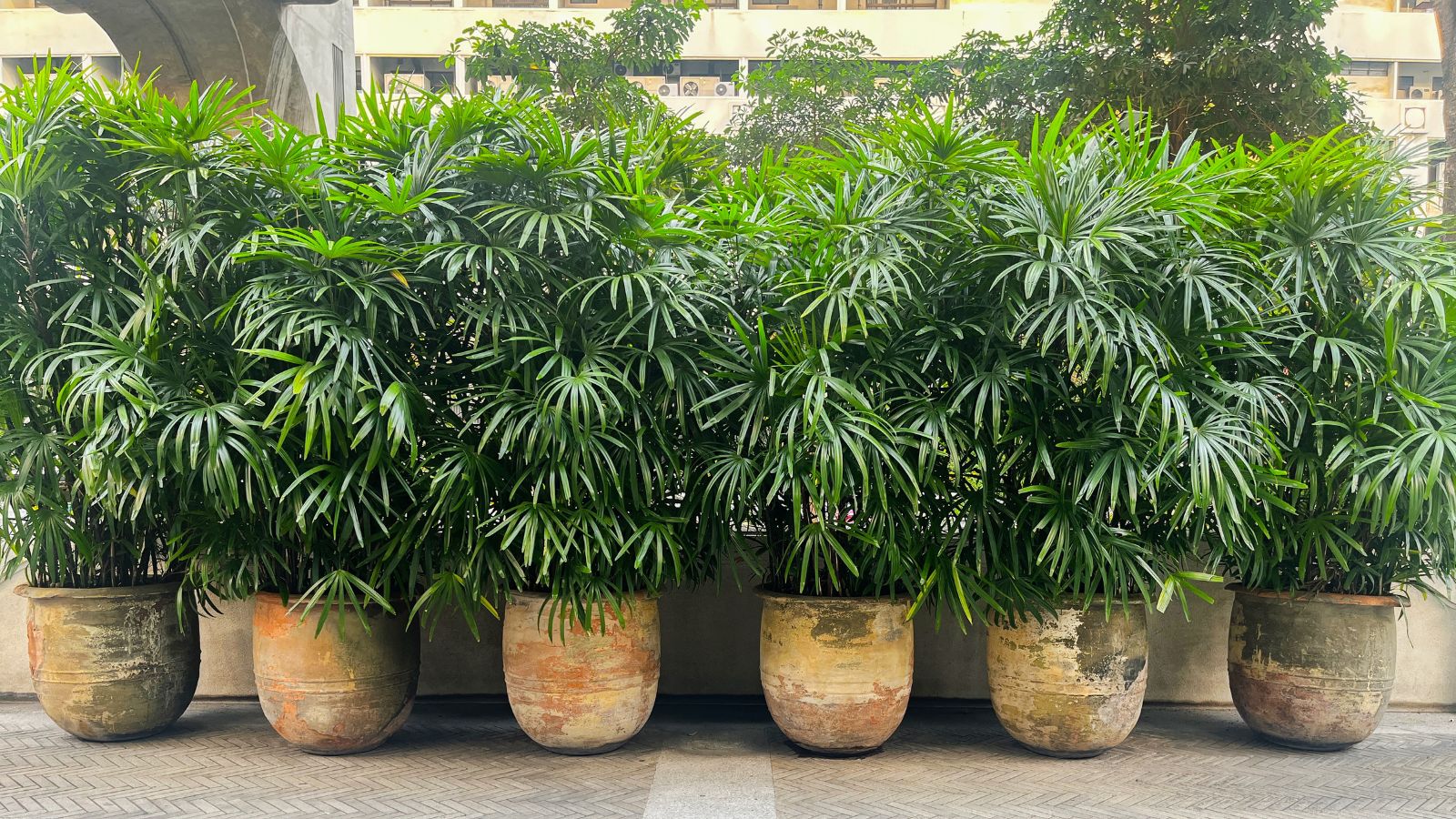
The bamboo palm is another plant that purifies the air while adding a tropical look to interiors. World-renowned for how it can remove benzene and formaldehyde from the air, it thrives in indirect light and slightly humid environments. Better still, bamboo palms can grow quite tall, making them ideal for filling empty corners while they quietly work to cleanse the air.
Golden Pothos
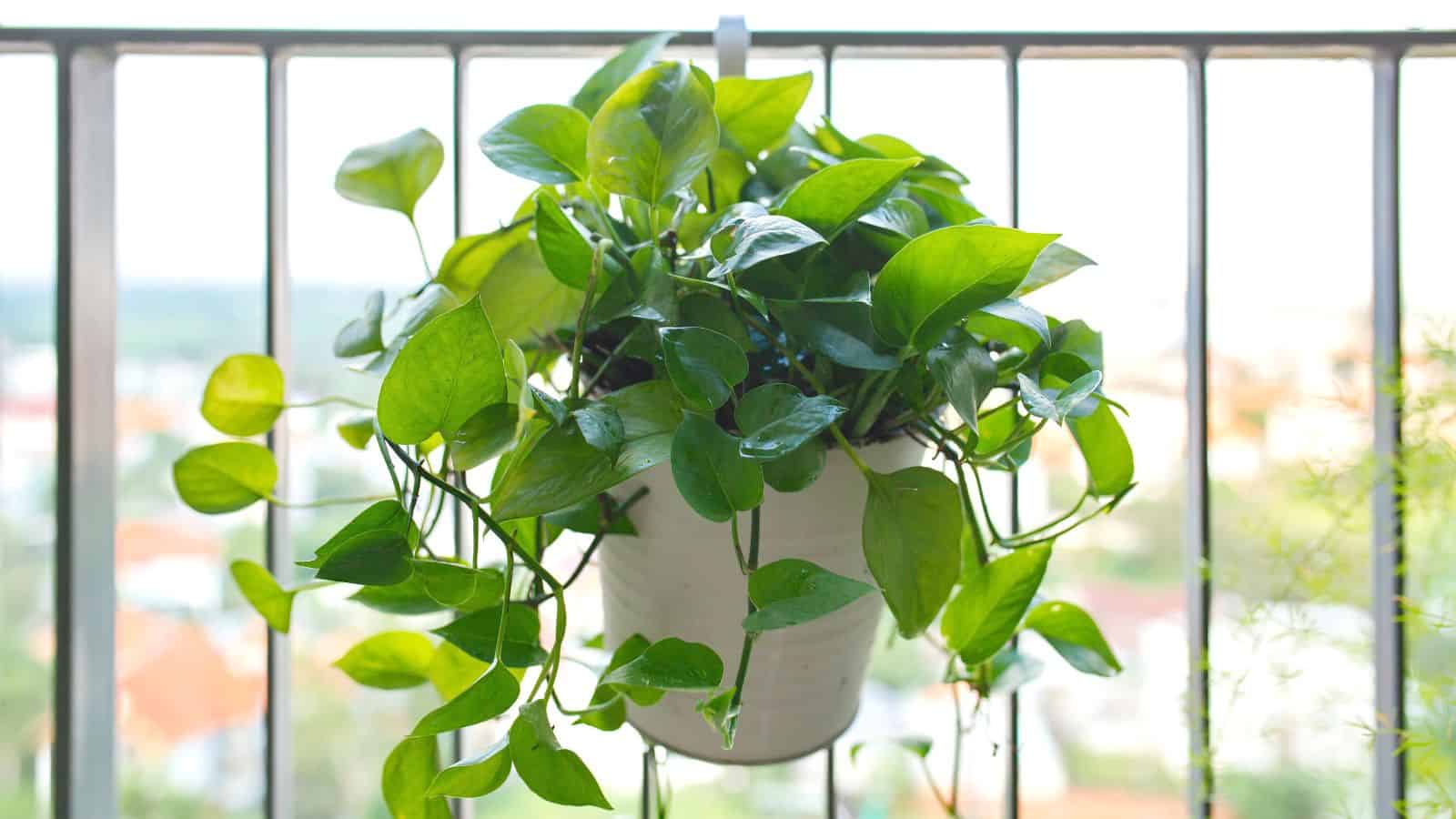
Regular pothos are as cool as they are, but golden pothos take things to the next level. You’ll recognize them by their trailing vines, as well as their vibrant green leaves. Because of old-fashioned fold-law, the golden pothos has since become known as the “devil’s ivy” due to its resilience. At the end of the day, it’s effective in filtering out formaldehyde and xylene, so the world really is a better place with them.
Ficus Benjamina (Weeping Fig)
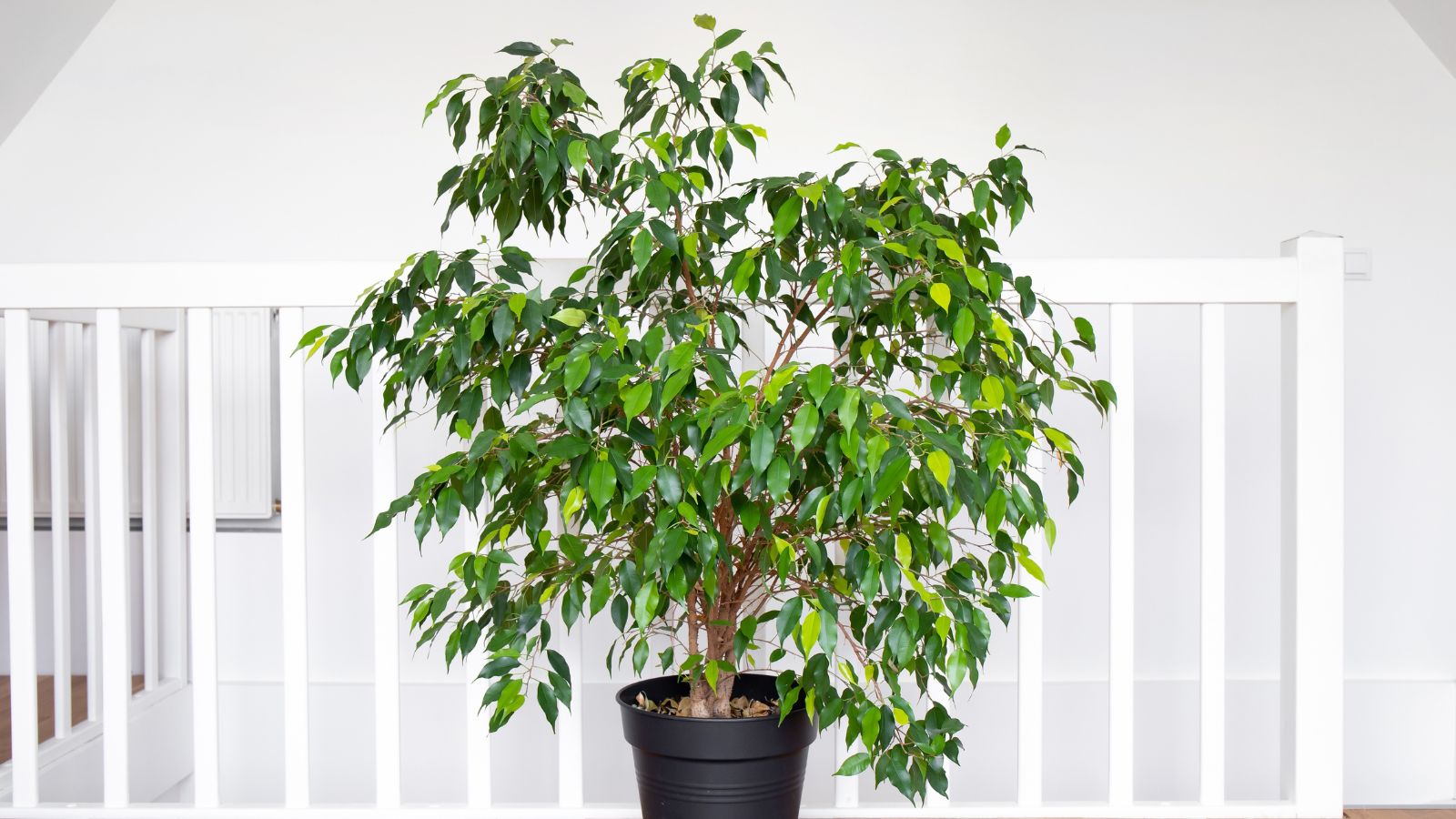
The weeping fig, or ficus benjamina, is excellent for removing airborne pollutants like formaldehyde and xylene, so your home will no doubt feel fresher for having it inside. Unfortunately, though, it can also trigger allergies in some people, so don’t just aimlessly jump into this responsibility.
Kimberly Queen Fern
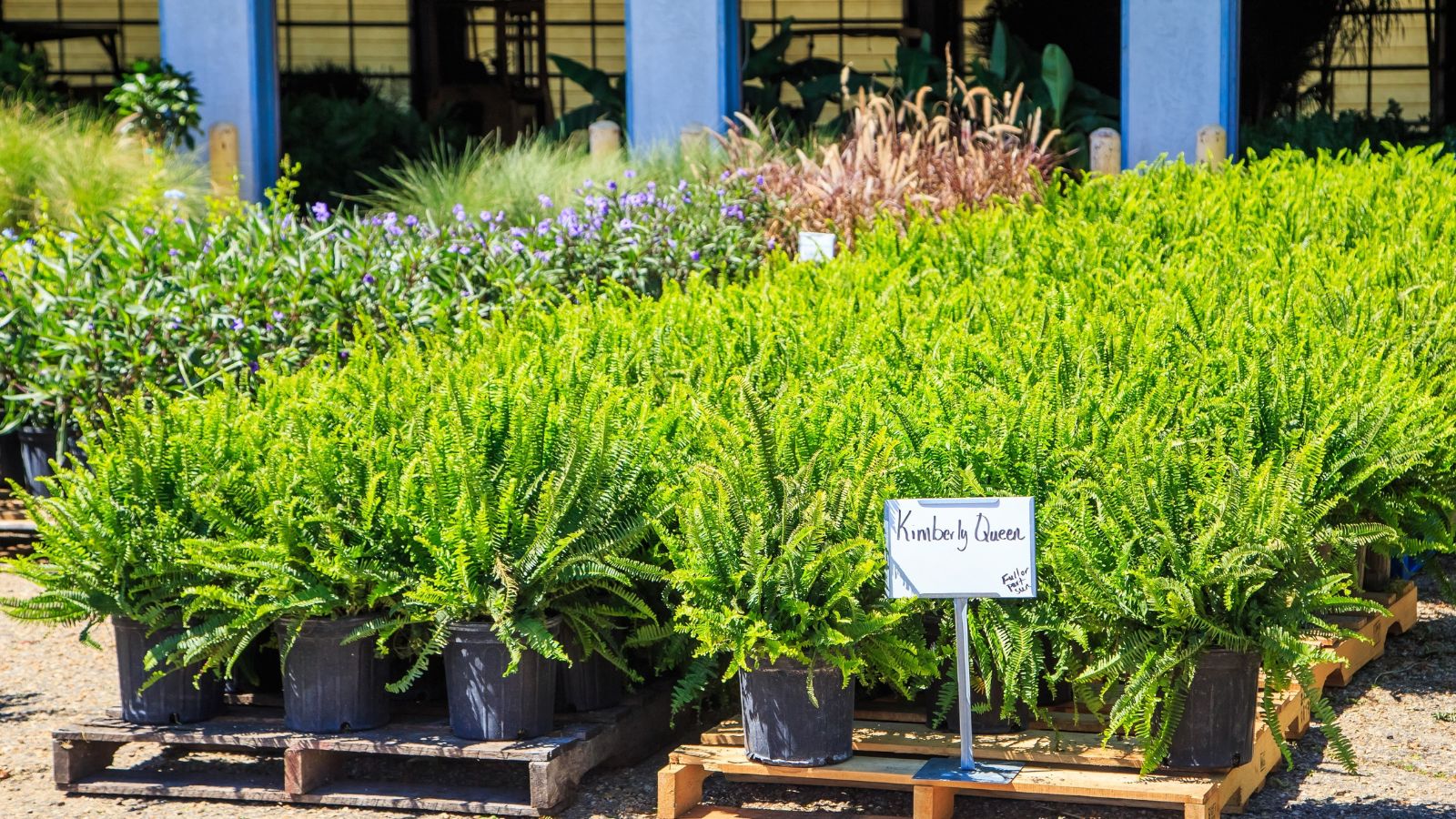
A lot of houseplant enthusiasts love keeping a Kimberly Queen fern, especially because of its elegant, upright fronds and air-purifying qualities. It thrives in bright, indirect light, can handle a bit of humidity, and, best of all, is known to filter toxins like formaldehyde. For this reason, we’d recommend placing it in the bathroom; it’ll love you when you take a hot shower.
ZZ Plant
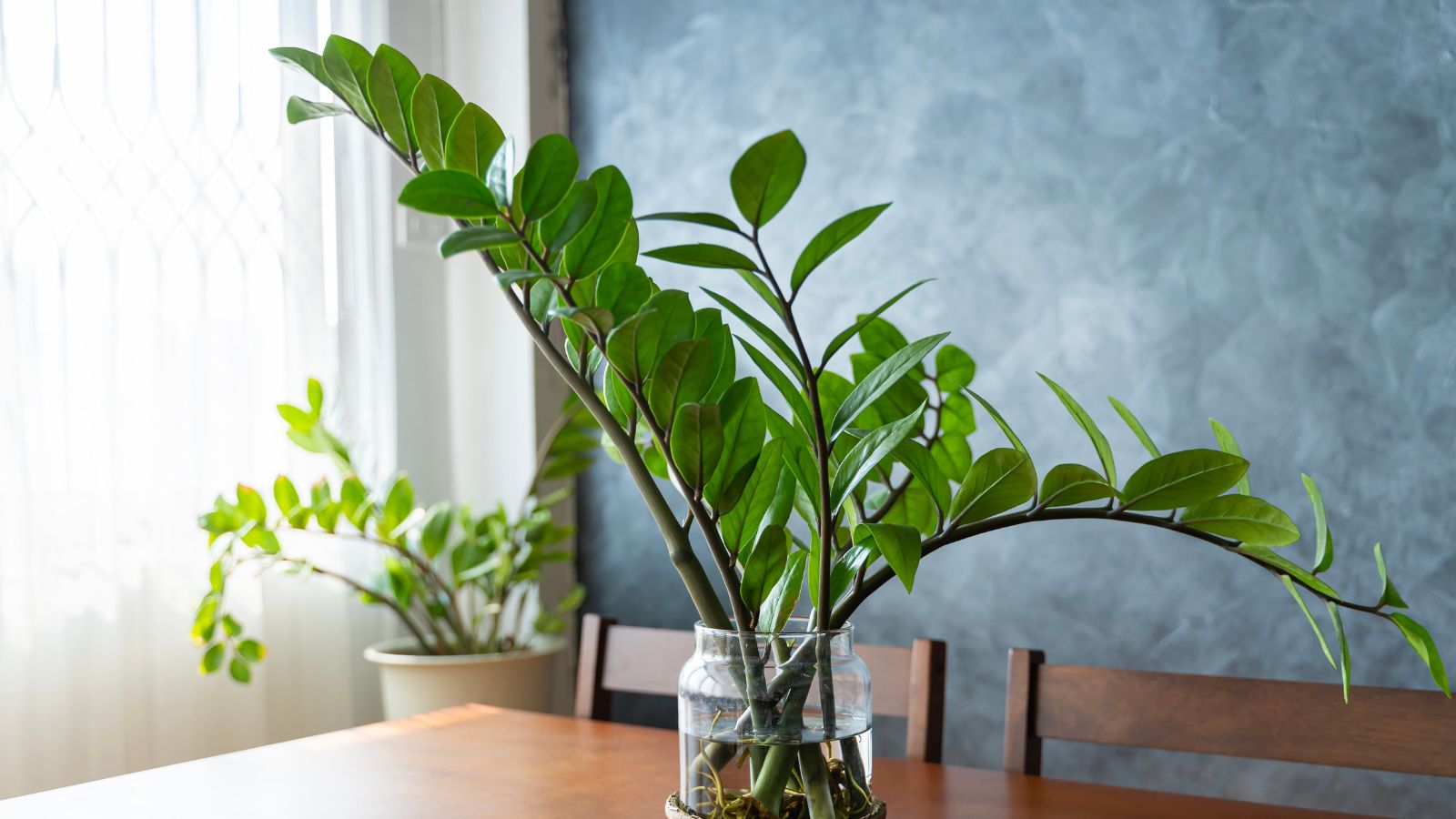
It’s pretty incredible how resilient the ZZ plant is, as well as how low-maintenance, drought-tolerant, and darkness-tolerant it is. To add more strings to this plant’s bow, its smooth, waxy leaves also absorb toxins like xylene. Therefore, this all-in-one plant is a super stylish choice for offices or dimly lit areas, either of which will start to feel like a breath of fresh air.
Cast Iron Plant
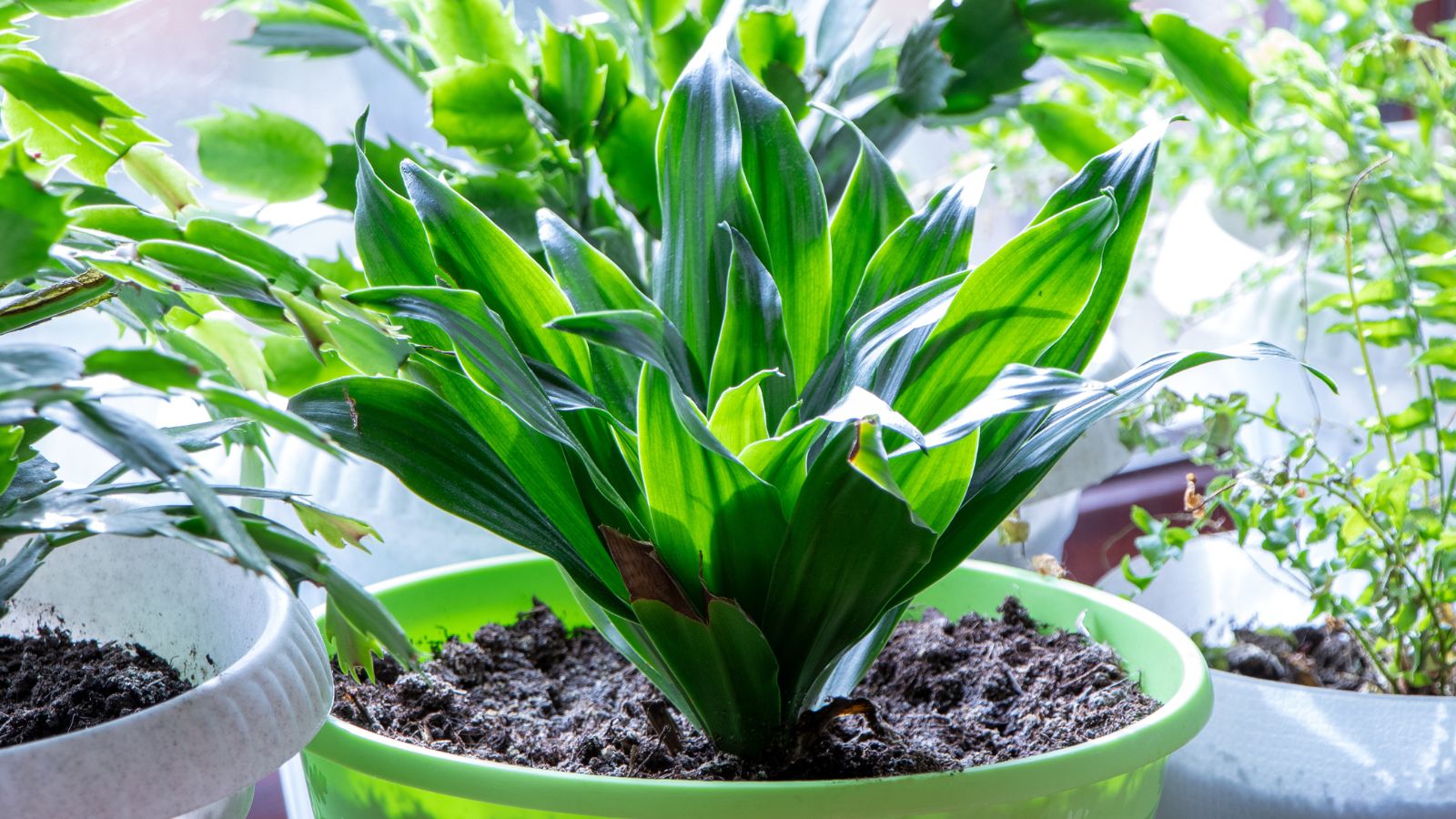
Named for its immense durability, the cast iron plant is perfect for less-than-ideal indoor conditions, just like the ZZ plant. Uniquely, it’s capable of filtering out toxins like benzene, and with its wide, dark green leaves, it adds a calming, sturdy presence to spaces. What’s not to like about that?
Boston Ivy
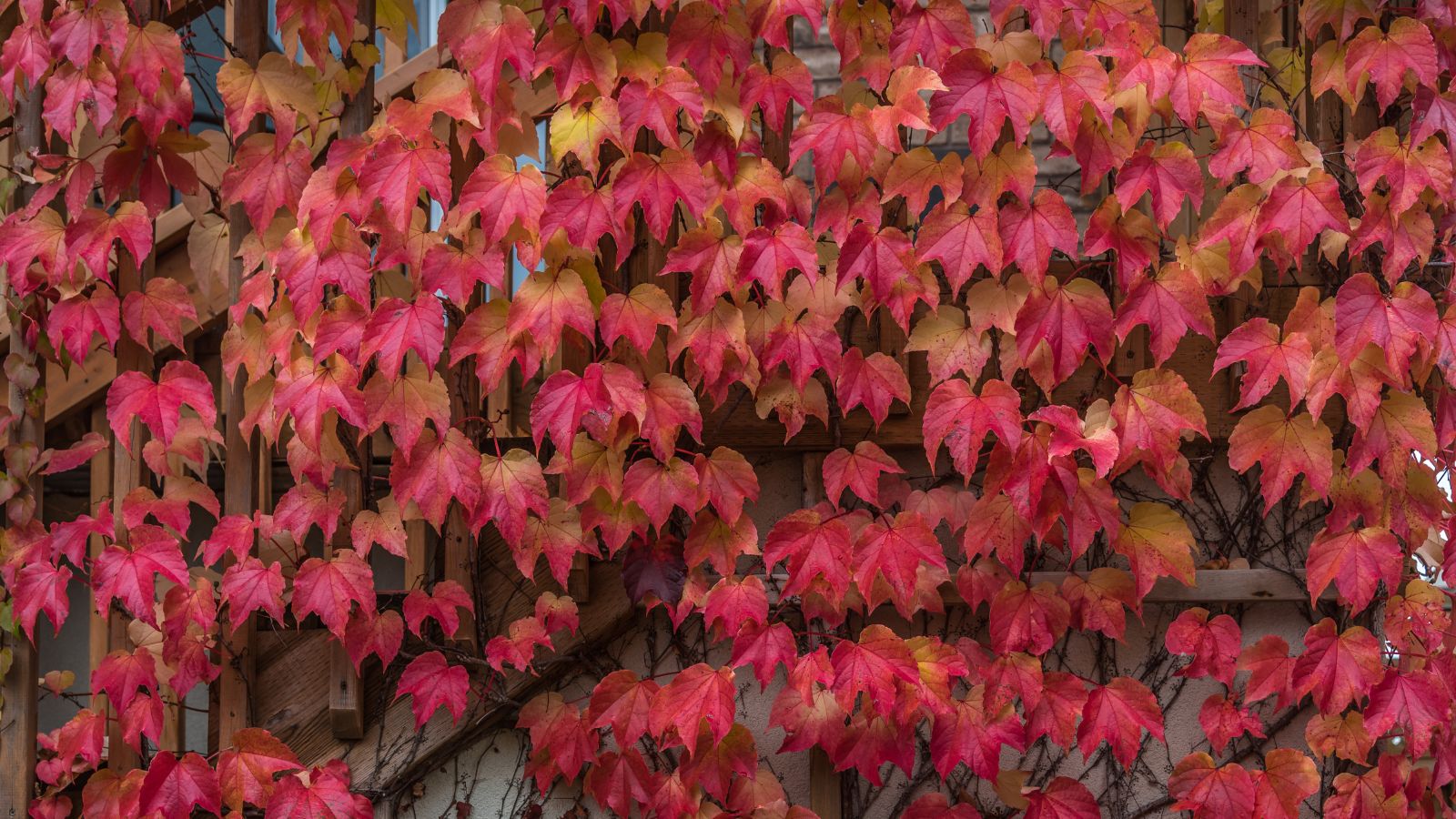
The final houseplant on this list that will freshen up the air in your home is the Boston ivy. While this is often an outdoor plant, it also adapts well indoors with the right care and will do wonders for sucking toxins like formaldehyde out of your air. It’s not quite as low-maintenance as other plants on this list, though, so it might be best to choose some different plants if you’re a beginner.
